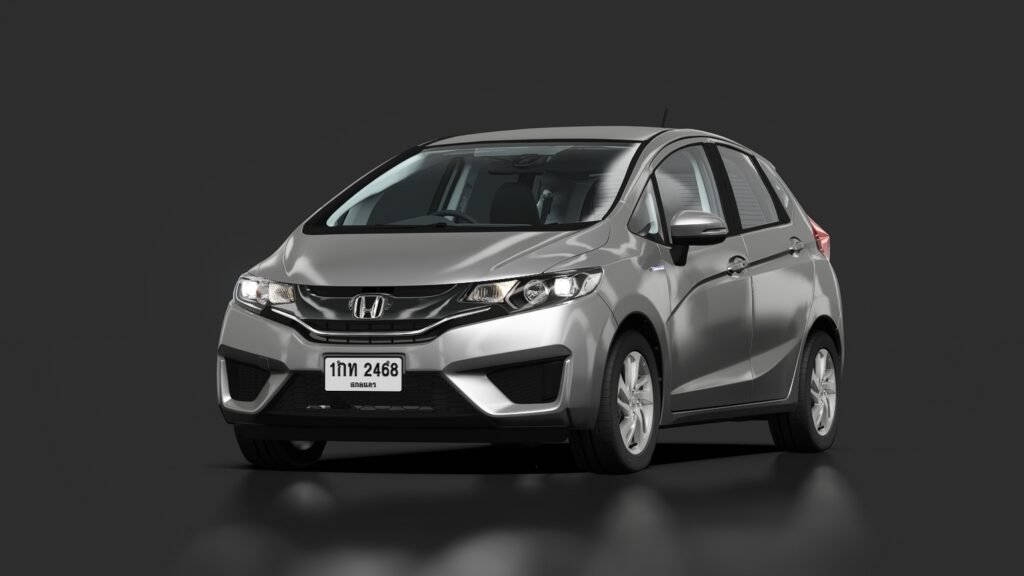
{{ galleryProps.activeIndex + 1 }}/1
Descripción
"The third-generation hybrid Fit utilized i-DCD to maximize energy efficiency"
It was natural for Honda to offer a hybrid version of its popular compact vehicle, the Fit, for its lightweight nature made it an exceptional candidate to take full advantage of the company's excellent hybrid system. While the first-generation Fit Hybrid was a great hit, second-generation model was even better, equipped with a completely new hybrid system.
The Honda IMA (Integrated Motor Assist) in the first generation model had a motor connected directly to the engine--using the engine as the main power source as the motor provided assist as necessary--but the second-gen Fit Hybrid separated the power units. Called the new Sport Hybrid i-DCD (Intelligent Dual Clutch Drive), this new system had a 7-speed dual-clutch transmission with a built-in electric motor that connected the motor to the gasoline engine, which prevented energy loss during regenerative power generation. Also, it allowed the vehicle to be driven in engine, Hybrid, or EV modes, depending on the driving conditions.
This i-DCD system combined with a 1.5-liter i-VTEC engine produced a combined output of 137.1 HP, offering powerful, sporty driving while also achieving the excellent fuel efficiency of 85.7 MPG in JC08 mode. Aside...
“The third-generation hybrid Fit utilized i-DCD to maximize energy efficiency”
It was natural for Honda to offer a hybrid version of its popular compact vehicle, the Fit, for its lightweight nature made it an exceptional candidate to take full advantage of the company’s excellent hybrid system. While the first-generation Fit Hybrid was a great hit, second-generation model was even better, equipped with a completely new hybrid system.
The Honda IMA (Integrated Motor Assist) in the first generation model had a motor connected directly to the engine–using the engine as the main power source as the motor provided assist as necessary–but the second-gen Fit Hybrid separated the power units. Called the new Sport Hybrid i-DCD (Intelligent Dual Clutch Drive), this new system had a 7-speed dual-clutch transmission with a built-in electric motor that connected the motor to the gasoline engine, which prevented energy loss during regenerative power generation. Also, it allowed the vehicle to be driven in engine, Hybrid, or EV modes, depending on the driving conditions.
This i-DCD system combined with a 1.5-liter i-VTEC engine produced a combined output of 137.1 HP, offering powerful, sporty driving while also achieving the excellent fuel efficiency of 85.7 MPG in JC08 mode. Aside from the hybrid system, the rest of the Fit was no different than any other third-generation model, with the choice of four trim levels, but the most sporty S package was the only one available with a paddle shifter.
Enlace de descarga
Recursos
-
ABS
-
Control de tracción
¿Algún problema? Envíe un mensaje
Puestos recomendados
Ford Fusion (CoT) - NASCAR Cup Series 2009
Assetto Corsa
2009
758 CV
739 nm
Trasera - RWD
Nascar
Pista
Su comunidad de simuladores














